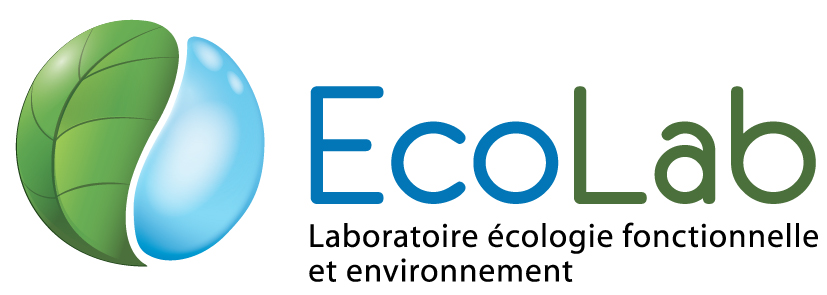Impact of nitrogenous fertilizers on carbonate dissolution in small agricultural catchments : implications for weathering CO2 uptake at regional and global scales
Résumé
The goal of this study was to highlight the occurrence of an additional proton-promoted weathering pathway of carbonate rocks in agricultural areas where N-fertilizers are extensively spread, and to estimate its consequences on riverine alkalinity and uptake of CO2 by weathering. We surveyed 25 small streams in the calcareous molassic Gascogne area located in the Garonne river basin (south-western France) that drain cultivated or forested catchments for their major element compositions
during different hydrologic periods. Among these catchments, the Hay and the Montousse´, two experimental catchments, were monitored on a weekly basis. Studies in the literature from other small carbonate catchments in Europe were dissected in the same way. In areas of intensive agriculture, the molar ratio (Ca + Mg)/HCO3 in surface waters is significantly higher (0.7 on average) than in areas of low anthropogenic pressure (0.5). This corresponds to a decrease in riverine alkalinity, which
can reach 80% during storm events. This relative loss of alkalinity correlates well with the NO3 content in surface waters. In cultivated areas, the contribution of atmospheric/soil CO2 to the total riverine alkalinity (CO2 ATM-SOIL/HCO3) is less than 50% (expected value for carbonate basins), and it decreases when the nitrate concentration increases. This loss of alkalinity can be attributed to the substitution of carbonic acid (natural weathering pathway) by protons produced by nitrification of Nfertilizers (anthropogenic weathering pathway) occurring in soils during carbonate dissolution. As a consequence of these processes, the alkalinity over the last 30 years shows a decreasing trend in the Save river (one of the main Garonne river tributaries, draining an agricultural catchment), while the nitrate and calcium plus magnesium contents are increasing. We estimated that the contribution of atmospheric/soil CO2 to riverine alkalinity decreased by about 7–17% on average for all the studied catchments. Using these values, the deficit of CO2 uptake can be estimated as up to 0.22–0.53 and 12–29 Tg1 yr1 CO2 on a country scale (France) and a global scale, respectively. These losses represent up to 5.7–13.4% and only 1.6–3.8% of the total CO2 flux naturally consumed by carbonate dissolution, for France and on a global scale, respectively. Nevertheless, this loss of alkalinity relative to the Ca + Mg content relates to carbonate weathering by protons from N-fertilizers nitrification, which is a net source of CO2 for the atmosphere. This anthropogenic CO2 source is not negligible since it could reach 6–15% of CO2 uptake by natural silicate weathering and could consequently partly counterbalance this natural CO2 sink.
Domaines
Agronomie
Origine : Fichiers produits par l'(les) auteur(s)

